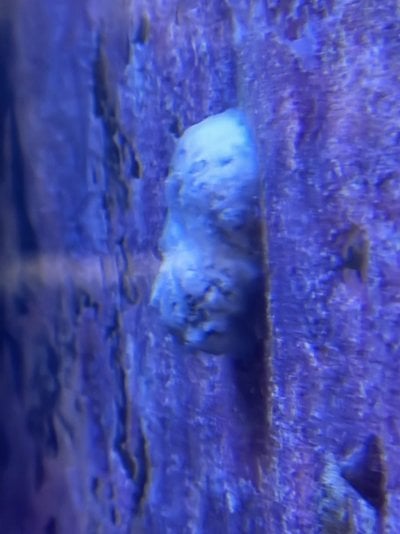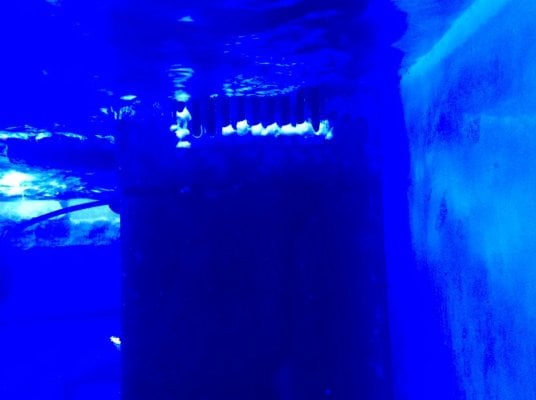- Joined
- May 22, 2016
- Messages
- 6,970
- Reaction score
- 10,747
Made up a dry mix batch today and it’s 10% caustic soda pearl, ie 5 grams pearl, 50grms calcium hydroxide, add water to required viscosity. Even sticks to vertical glass if there’s a little algae on it for it to bind to.
Very handy. I'll recreate your recipe and see if I like your thick extreme better than the thin extreme I've been using.
Running Garf's recipie and figuring out how much water was needed to get the milkshake slurry viscosity I think he's talking about I calculate the NaOH as being in the ballpark of 4-5 molar, pretty similar strength to what I was doing.
I think I like both versions for different things and will keep both in my toolkit.
Garf's "thick version" is Calcium hydroxide with just enough 5 molar NaOH to make it a slurry.
My "thin recipe" is just 5 molar NaOH with a tiny amount of Calcium hydroxide (one red Sea scoop per mL of NaOH) to give it some solids that increases adhering power especially to softies.
Garf's version covers the original surface and leaves behind new Calcified solids (I think what's left behind by the next day is just CaCO3) This version is also good for adhering in vertical situations as he said.

(here it is adhering to a mushroom on vertical glass wall. mushroom was dead/gone a day later.)
My thin version leaves behind essentially no solids, so the substrate is basically reset to bleached rock once the nuisance is gone. I think I'll use this version more often, except when I need more adherence or to bury a surface in new CaCO3 surface.
























